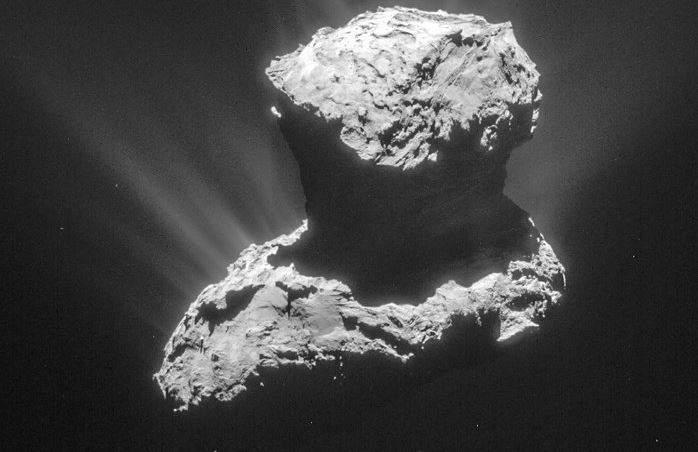NASA live event, media teleconferencing: Agency to take questions about Comet NEOWISE
Comet NEOWISE is expected to remain visible throughout the July sky.
The celebrated Comet NEOWISE continues to remain visible to the naked eye in the night sky. Being the brightest comet to grace the night skies in decades, NASA has decided to host a special event discussing the comet with the public.
C/2020 F3 (NEOWISE) comet, dubbed as Comet NEOWISE, is a retrograde comet that was discovered by astronomers using Near-Earth object Wide-field Infrared Survey Explorer on March 27. At the time, the comet was not so prominent but eventually became visible enough to be viewed by the naked eye in July. It is expected to adorn our night sky throughout July as it is on its closest approach to earth after surviving its journey around the sun.
On Tuesday, the space agency announced its plans of the live event discussing comet NEOWISE through a press release. As per the statement, NASA experts will talk about the comet and answer public questions during a broadcast of NASA Science Live and follow up media teleconference on Wednesday.
The experts present during the teleconferencing include Lindley Johnson, the planetary defense officer and program executive of NASA's Planetary Defense Coordination Office, NASA Headquarters, Emily Kramer, co-investigator in the Near-Earth Object Wide-field Infrared Survey Explorer (NEOWISE) science team, NASA JPL, and Amy Mainzer, NEOWISE principal investigator, University of Arizona.
Have you seen Comet NEOWISE in the sky? ☄ï¸
— NASA (@NASA) July 14, 2020
Tomorrow at 3pm ET, our experts will take your questions about this distant visitor. At 4pm, stick around for a discussion on why this occurrence is so special. How to watch: https://t.co/5taIquQ9fu
â€¼ï¸ Submit ?s now using #askNASA pic.twitter.com/Vn4TOqW4Ks
The public can submit their questions through Twitter using hashtag #AskNASA and through comments on Facebook, YouTube, and Periscope. The science live episode will air at 3:00 pm EDT on n NASA Television and the agency's website, along with Facebook Live, YouTube, Periscope, LinkedIn, Twitch, and USTREAM. And it will be followed by a media teleconferencing at 4:00 pm.
Meanwhile, NASA also published a photo of Comet NEOWISE on Tuesday for its Astronomy Picture of the Day, a section whereby they publish a new picture of our universe every day. The picture as captured by Declan Deval gives a good and clear look at the comet as seen over the prehistoric monument in England, Stonehenge.
The explanation of the picture describes how one can view the bright trailing star.
"Go outside just at sunset and look to your northwest. The lower your horizon, the better. Binoculars may help, but if your sky is cloudless and dark, all you should need is your unaided eyes and patience. As the Sun sets, the sky will darken, and there will be an unusual faint streak pointing diagonally near the horizon," reads the description of the image.

"Comet NEOWISE has surprised many by surviving its closest approach to the Sun, brightening dramatically, and developing impressive (blue) ion and (white) dust tails," concludes the statement.
© Copyright IBTimes 2025. All rights reserved.





















